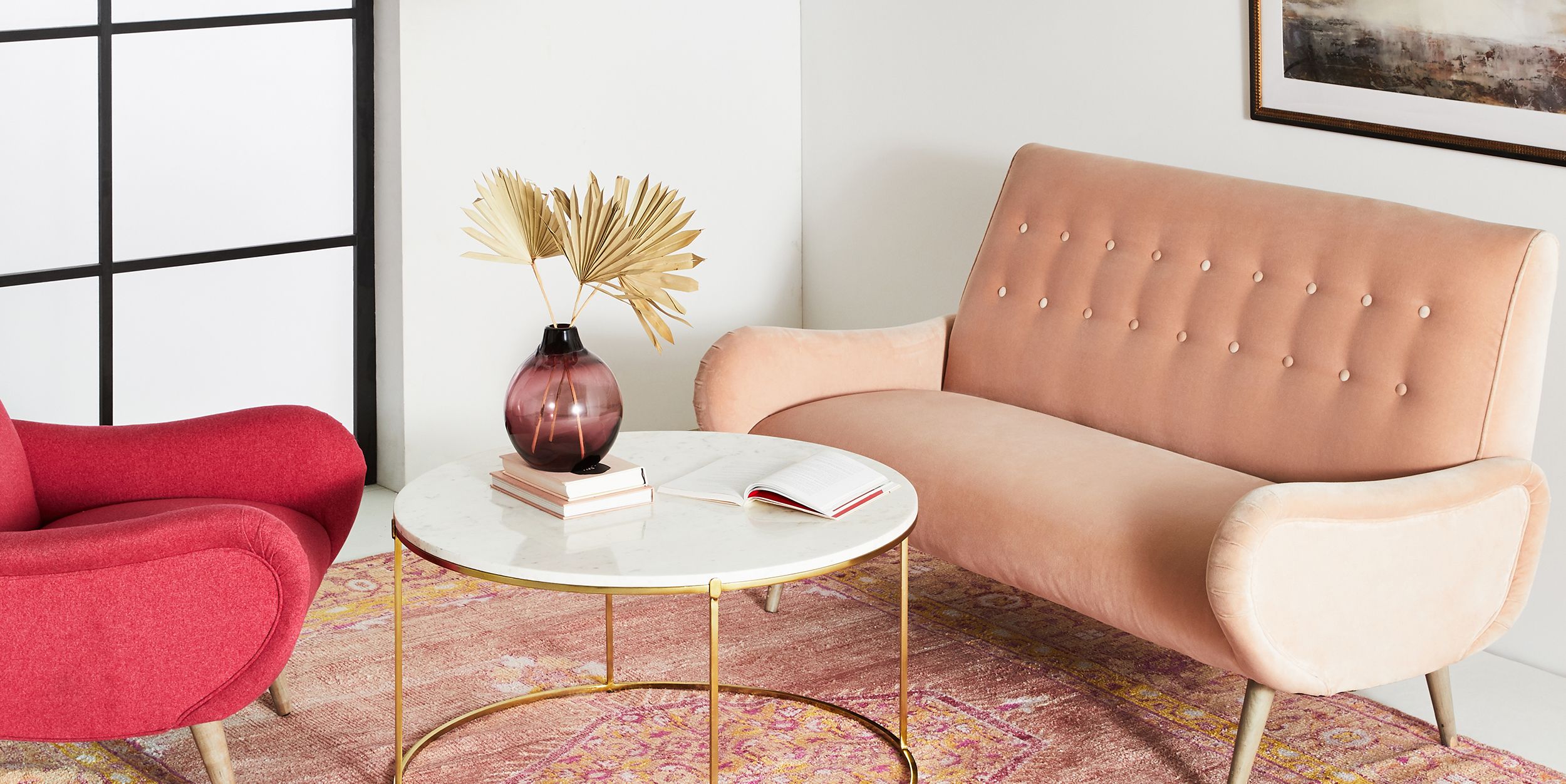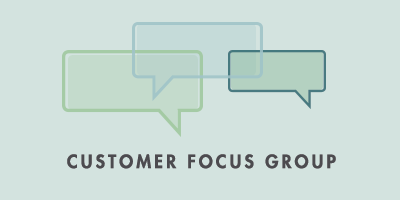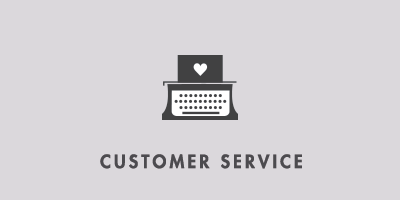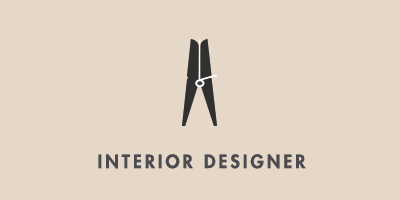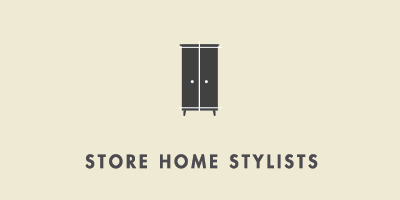Custom Furniture
Women's lifestyle brand Anthropologie was rapidly expanding its home product offering to include an extensive line of custom furniture. The UX team was challenged to support this growing business with an interactive product page that could showcase hundreds of combinations of fabric types, fabric colors, leg finishes, and size variants. On this project, I led the team through multiple rounds of user research and contextual inquiry as we worked to identify the motivations and shopping behavior for customers about to make an expensive purchase online. As the team moved from discovery to design, I wore many hats including Art Direction, UX Design Lead, and Product Manager, working with our development teams to see concept through to product launch.
I. Discovery
Prior to setting forth on our research journey, the team defined the goals of the discovery phase. We developed a WHO, WHAT, WHY, DEFINE mantra to guide our inquiry process:
★ WHO: Understand the user + stakeholder
★ WHAT: Define the goals, tasks, and business needs underpinning the project
★ WHY: Make sure we’re solving the right problems and building the best solutions
★ DEFINE: Requirements and solution boundaries
With this focus in mind, our research zeroed in on 3 main streams of information: 1) Competitive Research 2) User Research and 3) Internal Analytics. The goal of conducting this research was to ensure the team had a clear understanding of the home eCommerce landscape, our home customer's needs, and the business' needs.
★ WHO:
Basic Demographics:
- Average age 3.5 years higher than average customer
- Shops nearly 10/year (81% retail; 16% direct)
Relationship to the Brand:
I’ve come to Anthropologie because I’ve been shopping the apparel for years and have seen more and more furniture in catalogs lately.
Shopping Behavior:
- I’m not well versed in the assortment, but really like the way rooms are styled.
- I will want to compare to other retailers before I make a decision.
- I will leave the site and return at least 1 time before committing to a decision.
Time to Purchase:
< 1 month (39%)
1-2 months (37%)
Basic Demographics:
- Works remotely in the call center or in retail store locations
- 90% retail; 10% call center
Relationship to the Brand:
I need to convince customers that Anthropologie is going to be as prolific and seamless in made to order furniture sales from purchase through delivery as the brand is known to be in apparel sales.
Shopping Behavior:
- I typically use the website or the app to help sell customers custom furniture.
- I need to understand inventory and delivery timelines at the beginning of my sales process.
Time Spent with Shopper:
< 1 hour (25%)
1-2 hours (65%)
> 2 hours (10%)
Basic Demographics:
- Generate 10% of overall home business
- Largely located in New York City
Relationship to the Brand:
I need complete confidence that my timelines and expectations can be met by both Anthropologie and the delivery teams they utilize.
Shopping Behavior:
- I typically utilize the app to show customers the pieces I envision for their space.
- I often liaison with customer service or in-store support to place my orders.
First Time Anthro Purchasers:
< 95%
★ WHAT:
Support these customers through the following purchases phases:
Learn: Support customer through initial stages of her journey by providing relevant product information at appropriate touch points.
Shop: Guide customer along her shopping path to the product page, allowing her to customize furniture and compare her options and choices
Buy: Support her through the critical final stages of her purchase in Cart and Checkout
Follow-Up: Communicate order information and assembly / delivery progress after purchase
In-Store Shopper/Sales Associate Map (Suzy):
Digital Shopper Map (Carrie/Desiree):
★ WHY:
After identifying our core customer personas, their goals, and current processes, the team used the journey maps as a visual aid to identify and prioritize the main pain points facing our customers. This technique helped us to quickly convert the maps from artifact to action plan — and action items for improving the customer experience across phases were identified as the basis for requirements generation.
In-Store Shopper/Sales Associate Map (Suzy):
Digital Shopper Map (Carrie/Desiree):
★ DEFINE:
II. Design
Initial Concept Wires
Creative Comps
